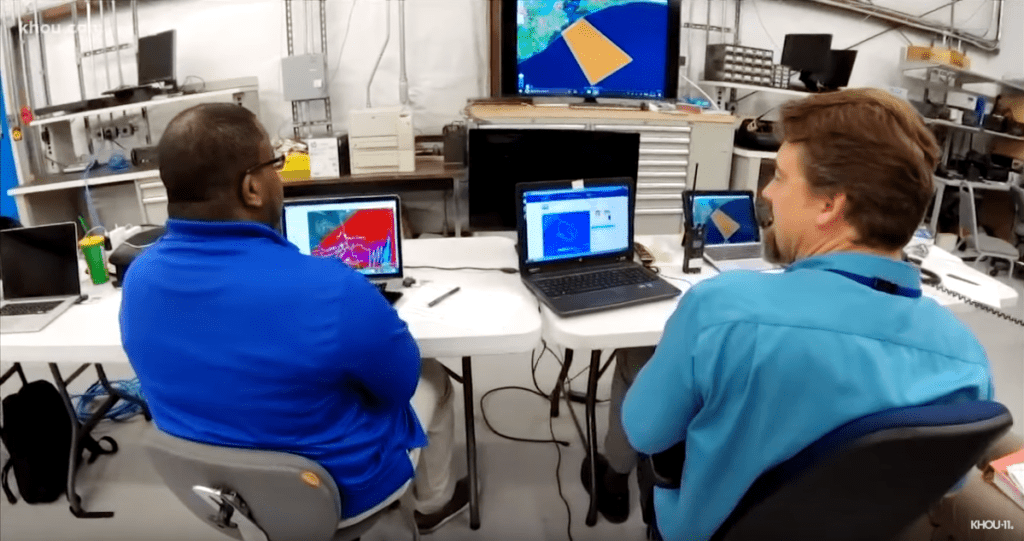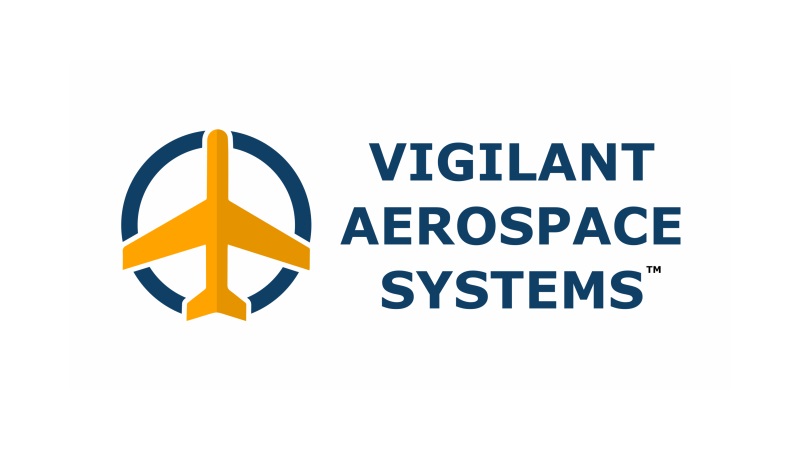“It’s been nearly a half-century since the FAA banned supersonic civilian flights over land because of the telltale booms they produce. NASA and Lockheed Martin hope to reverse that with their X-59 QueSST aircraft, currently under construction in California. The 97-foot-long experimental plane will fly faster than sound, but its designers have engineered it to do so as quietly as possible. Typical supersonic aircraft create a sonic boom when shock waves from the nose and tail merge; because of the X-59’s distinctive shape, those two ripples never do that, so the resulting sound is more like far-away thunder or a dull thump. If the initial flight, scheduled for 2021, goes well, the jet could help pave the way for airplanes that cut flight times in half.”Vigilant Aerospace is looking forward to the further development of NASA supersonic aircraft and continuing to support these initiatives.

Pictured: NASA QSF18 team members monitoring flights with FlightHorizon showing the designated operating area for the flights with an orange “geofence” in FlightHorizonX on the large display.
- “FlightHorizon Used in NASA SonicBAT Research Flights for Situational Awareness, Airspace Logging.” August 29, 2017.
- “FlightHorizon Selected by NASA Commercial Supersonic Technology Program 2018-2019 for Airspace Situational Awareness, Flight Logging.” April 2, 2018.
- “Vigilant Aerospace Developing FlightHorizonX for Tracking and Safety of Supersonic Aircraft and Spacecraft.” April 15, 2018.
- “New NASA Report Highlights Aerospace Projects Utilizing FlightHorizon.” July 18, 2018.
- “NASA Uses FlightHorizonX to Track Experimental Transponder for Supersonic Flights, New FAA Standards.” September 25, 2018.
- “FlightHorizonX Provides Airspace Monitoring, Data Logging for NASA Supersonic Flights Near Galveston.” November 6, 2018.

